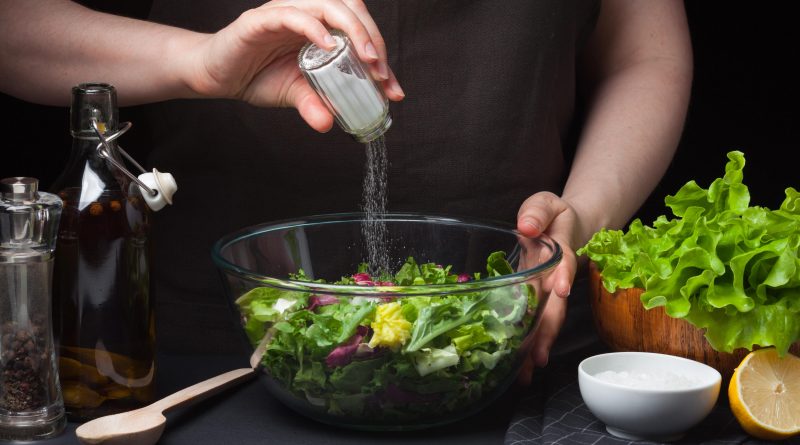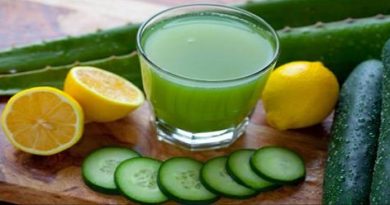These health benefits of salt might surprise you
World Salt Awareness Week is being celebrated this year from March 12 to 18 and is the perfect opportunity to recognize all the many benefits of salt. Salt, or sodium chloride, is essential for life. In fact, no mineral is more essential to human survival than sodium because it allows nerves to send and receive electrical impulses, helps your muscles stay strong and keeps your cells and brain functioning. However, sodium chloride (salt) is a nutrient that the body cannot produce, and therefore it must be consumed.
The other component of salt, chloride, is also essential to survival and good health. It preserves acid-base balance in the body, aids potassium absorption, improves the ability of the blood to move harmful carbon dioxide from tissues out to the lungs and most importantly, supplies the crucial stomach acids required to break down and digest the foods we eat.
Because the level of salt consumption is so stable, it is an ideal medium to fortify with other essential nutrients such as iodine. Iodized salt was first produced in the U.S. in 1924 and is now used by 75 percent of the world’s population to protect against intellectual disability due to Iodine Deficiency Disorders (IDD). Iodine is an essential element in healthy human life, enabling the function of thyroid glands to produce needed hormones for proper metabolism. When children in the womb don’t get enough iodine from their mother, fetal brain development may be impaired. Iodized salt remains one of the greatest public health success stories.
Salt is also essential in hospital IV saline, which is standard therapy and the fastest way to deliver fluids and medications throughout the body. This saline drip doesn’t just keep patients hydrated, it delivers a 0.9 percent solution of salt. Without this saline drip, patients can end up with low levels of sodium in the blood, resulting in a condition known as hyponatremia. This serious condition can lead to seizures, coma, permanent brain damage, respiratory arrest and death, and it is why the shortage of saline in hospitals is of such critical importance.
Salt is also a vital component of hydration. After exercise, it is critical to replace both water and salt lost through perspiration. That is why all athletes make sure they are consuming sufficient salt during and after a workout.
The average American eats about 3,400 mg per day of sodium, according to The National Health and Nutrition Examination Survey, and this may be on the low side of the safe range. A 2014 study, published in the New England Journal of Medicine, tested sodium consumption in more than 100,000 people in 18 countries. The study found that the healthy range for sodium consumption was between 3,000 and 5,000 mg per day.
Seniors can be especially susceptible to the dangers of low-salt diets. In 2013 a task force of 12 professional medical, nursing and nutritional organizations assembled by the Pioneer Network published the “New Dining Practice Standards.” Their report concluded that low-salt diets were contributing to malnutrition and weight loss among a significant percentage of seniors in assisted living facilities. Low-salt diets can also cause seniors to suffer from mild hyponatremia, an electrolyte imbalance in the blood that can lead directly to walking impairment, attention deficits and a much higher frequency of falls.
Salt is the flavor of life, and this year we should all recognize its many benefits while we celebrate World Salt Awareness Week. To learn more visit www.worldsaltawarenessweek.org.
BPT









